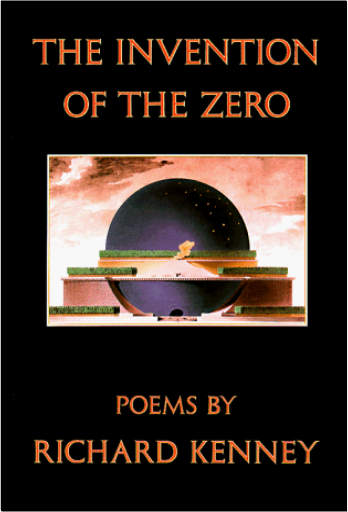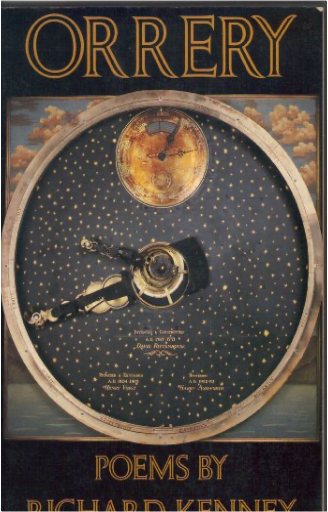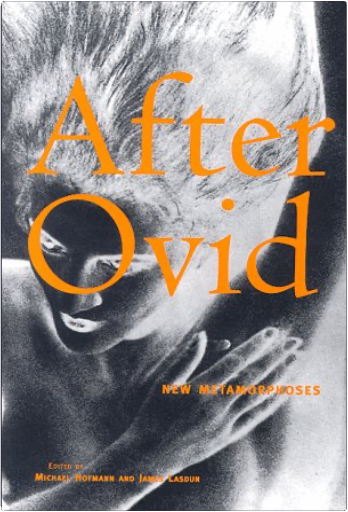 After Ovid: New MetamorphosesMichael Hofmann, James Lasdun After Ovid: New MetamorphosesMichael Hofmann, James Lasdun Ovid's Metamorphoses is one of the great works in classical literature, and a primary source for our knowledge of much of classic mythology, in which the relentless theme of transformation stands as a primary metaphor for the often cataclysmic dynamics of life itself. For this book, British poets Michael Hofmann and James Lasdun have invited more than forty leading English-language poets to create their own idiomatic contemporary versions of some of the most famous and notorious myths from the Metamorphoses. 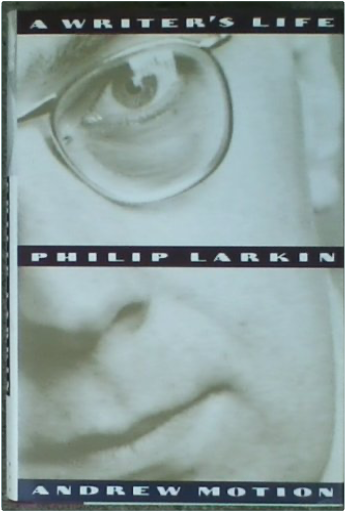 Philip Larkin: A Writer's LifeAndrew Motion Philip Larkin: A Writer's LifeAndrew Motion A biography of the poet discusses his friendships with other aspiring writers, painters, and musicians, his repressive family life, his need for affection and fear of the encroachment on his writing that marriage represented, and his work. 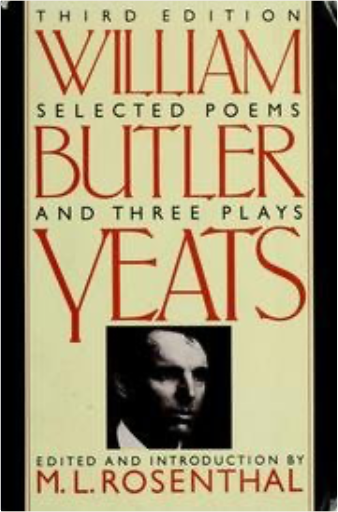 Selected Poems and Three Plays of William Butler YeatsWilliam Butler Yeats Selected Poems and Three Plays of William Butler YeatsWilliam Butler Yeats A revised and expanded edition of the classic volume of Yeats' work, including the play The Death of Cuchulain. 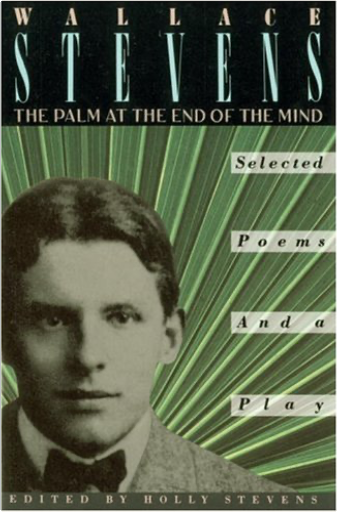 The Palm at the End of the Mind: Selected Poems and a PlayWallace Stevens, Holly Stevens The Palm at the End of the Mind: Selected Poems and a PlayWallace Stevens, Holly Stevens This selection of works by Wallace Stevens—the man Harold Bloom has called “the best and most representative American poet”—was first published in 1967. Edited by the poet's daughter Holly Stevens, it contains all the major long poems and sequences, and every shorter poem of lasting value in Stevens' career, including some not printed in his earlier Collected Works. Included also is a short play by Stevens, "Bowl, Cat and Broomstick." 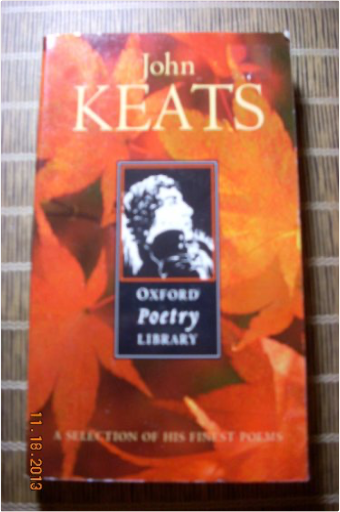 Selected PoetryJohn Keats, Elizabeth Cook Selected PoetryJohn Keats, Elizabeth Cook This is an entirely new selection of Keat's finest poetry containing all his best known work as well as a sample of less familiar pieces. Keats published three volumes of poetry before his death at age twenty-five of tuberculosis and, while many of his contemporaries were prompt to recognize his greatness, snobbery and political hostility led the Tory press to vilify and patronize him as a "Cockney poet." Financial anxieties and the loss of those he loved most had tried him persistently, yet he dismissed the concept of life as a vale of tears and substituted the concept of a "vale of Soul-making." His poetry and his remarkable letters reveal a spirit of questing vitality and profound understanding and his final volume, which contains the great odes and the unfinished Hyperion, attests to an astonishing maturity of power. 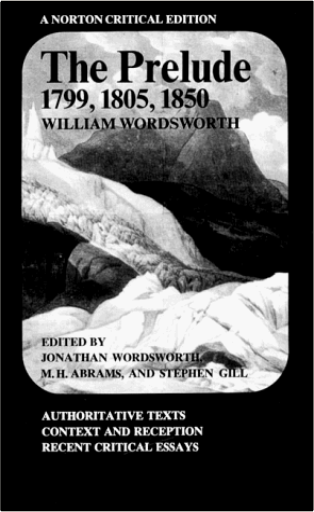 The Prelude: 1799, 1805, 1850William Wordsworth, M. H. Abrams, Stephen Gill, Jonathan Wordsworth The Prelude: 1799, 1805, 1850William Wordsworth, M. H. Abrams, Stephen Gill, Jonathan Wordsworth This volume is the first to present Wordsworth's great poem in all three of its forms. It reprints, on facing pages, the version of The Prelude that was completed in 1805, together with the much-revised work published after the poets death in 1850. In addition, the editors include the two-part version of the poem, composed in 1798-99. Each of these poems possesses distinctive qualities and values; to read them together provides an incomparable chance to observe a great poet composing and re-composing, throughout a long life, his major work.There are no fewer than seventeen manuscripts of The Prelude in the Wordsworth library at Grasmere. Working with these materials, the editors have prepared an accurate reading version of 1799 and have newly edited from manuscripts the texts of 1805 and 1850―thus freeing the latter poem from the unwarranted alterations made by Wordsworth's literary executors. The editors also provide a text of MS. JJ (Wordsworth's earliest drafts for parts of The Prelude) as well as transcriptions of other important passages in manuscript which Wordsworth failed to include in any fair copy of his poem. The texts are fully annotated, and the notes for all three versions of The Prelude are arranged so that each version may be read independently. The editors provide a concise history of the texts and describe the principles by which each has been transcribed from the manuscripts. 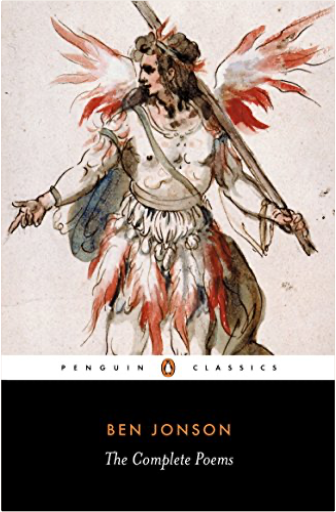 The Complete PoemsBen Jonson The Complete PoemsBen Jonson His adoption of classical ideals was combined with a vigorous interest in contemporary life and a strong faith in native idiom. Within the urbane elegance of his verse forms he contrived a directness and energy of statement clearly related to colloquial speech, and this characteristic fusion of restraint and vitality gave to the seventeenth-century lyric its most distinctive quality. As well as the entire body of Jonson's non-dramatic verse, extensively annotated, this edition contains many of the songs from his plays and masques and his translation of 'Horace, of the Art of Poetry'. His 'Conversations with Drummond', which adds much to our sense of the man, appears as an Appendix, as does 'Discoveries'; together they shed valuable light on Jonson's poetic theory and practice. 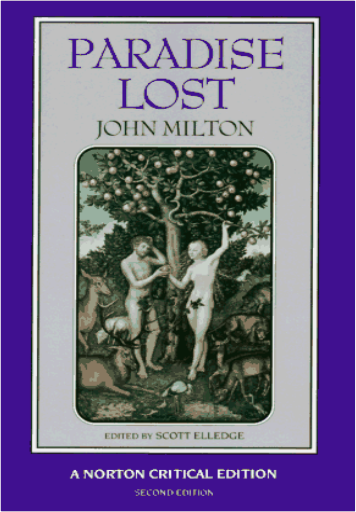 Paradise LostJohn Milton, Scott Elledge Paradise LostJohn Milton, Scott Elledge This is the second edition of the "Norton Critical Edition" of Milton's "Paradise Lost". It represents an extensive revision of the first edition. The text of the poem remains that of Milton's 1674 edition, retaining the original punctuation but with modernized spelling and italics. Material for the study of contemporary religious and political issues is now included, as well as selections from his earlier poetry and prose. 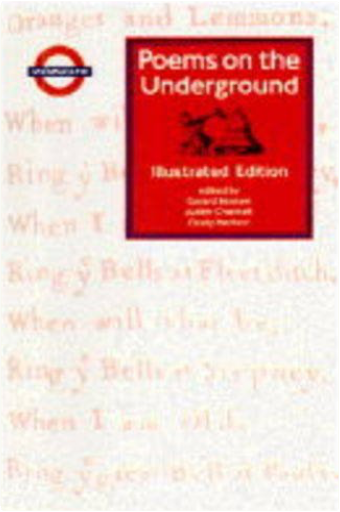 Poems on the UndergroundGerard Benson, Judith Chernaik, Cicely Herbert Poems on the UndergroundGerard Benson, Judith Chernaik, Cicely Herbert Poems on the Underground continue to delight London's travellers. Every four months, another five poems appear in the tube carriages, chosen by the novelist Judith Chernaik and the poets Cicely Herbert and Gerard Benson. This book includes all the poems and illustrations for "100 Poems on the Underground". It is also illustrated in colour with 24 posters from the golden age of London Underground art. The posters have been selected from the London Transport Museum archives to complement the spirit of the book. In addition to their graphic imagery, they feature lines of poetry of special interest, proving that poetry had a role to play in Underground travel as many as 80 years ago. There is an extended introduction, notes on the new poems and on the posters and an index of first lines. Bound and jacketed with head and tail bands, it also has a ribbon marker. 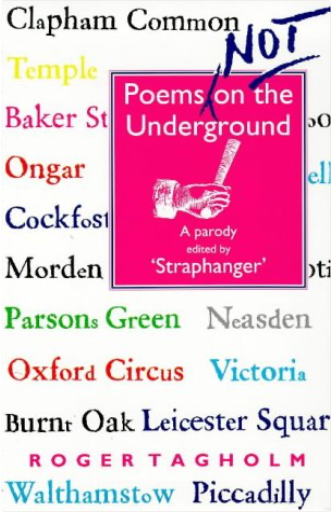 Poems Not on the Underground: A ParodyRoger Tagholm Poems Not on the Underground: A ParodyRoger Tagholm This anthology of poetic parodies celebrate not only the poems of English and American literature but also the experience of travelling by London Underground and London Transport's fleets of buses. The parodies have featured in the London magazine "Midweek" during 1995. Poets whose works have been subject to parody include Philip Larkin. Poems include "Tube, or not Tube: that is the question" and "The Song of Hiawalthamstow". |
 Made with Delicious Library
Made with Delicious LibraryDenver, CO zipflap congrotus delicious library Tolva, John

